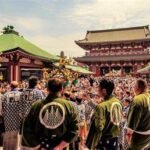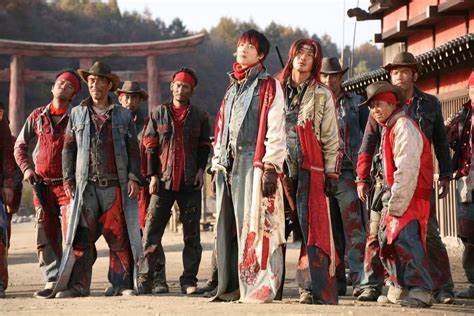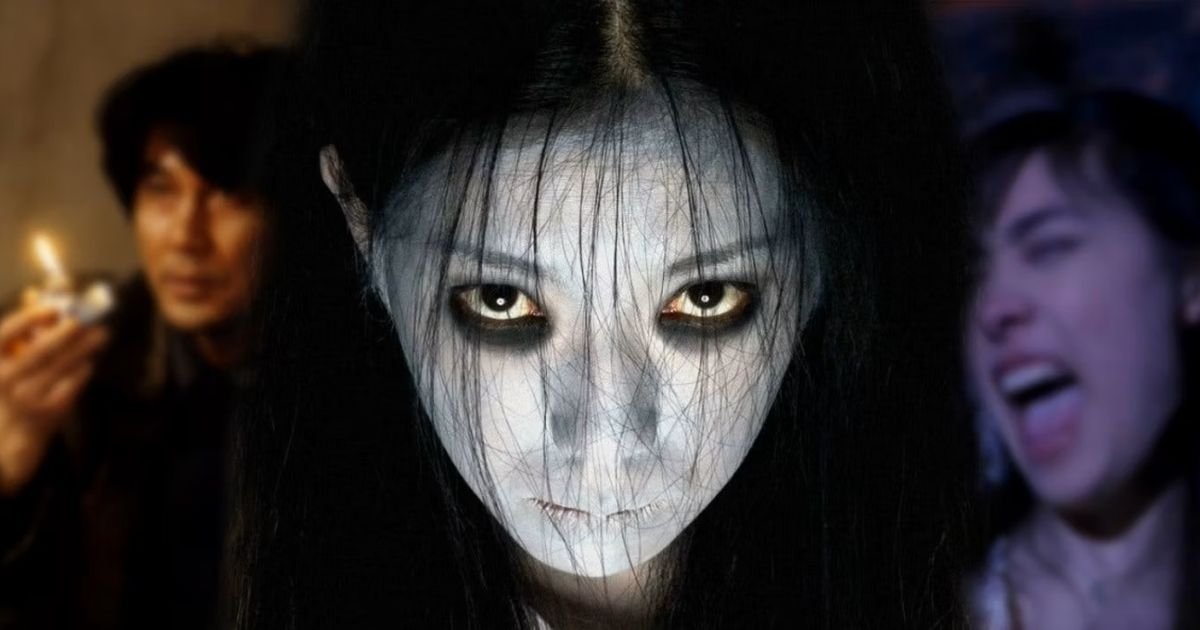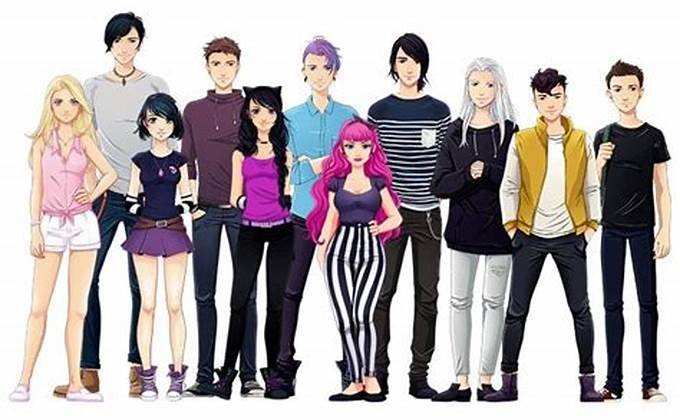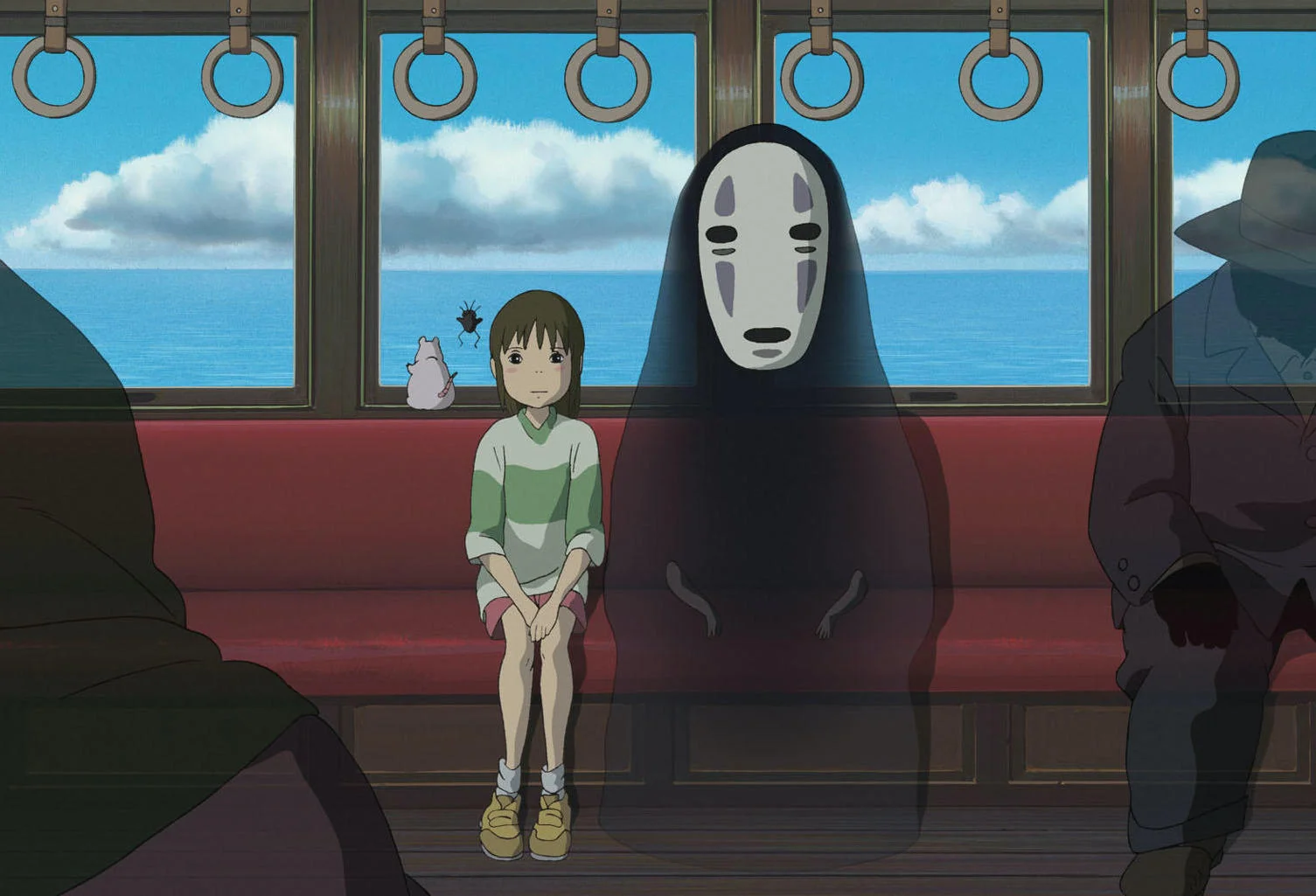Japanese films have made a significant impact on Western cinema. Their unique storytelling, visual style, and themes have inspired filmmakers worldwide. Here’s a look at how Japanese films have influenced Western cinema.
1. Innovative Storytelling Techniques
Japanese cinema often explores themes through non-linear narratives and complex characters. Akira Kurosawa’s “Rashomon” is a prime example. This film’s innovative storytelling, with multiple perspectives on the same event, has influenced Western films like “The Usual Suspects” and “Pulp Fiction.” Western filmmakers have adopted these techniques to create more intricate and engaging stories.
2. Visual Style and Aesthetics
Japanese filmmakers, such as Kenji Mizoguchi and Yasujiro Ozu, are known for their distinct visual styles. Mizoguchi’s use of long takes and Ozu’s low camera angles have influenced Western directors. For instance, Wes Anderson’s films often reflect Ozu’s meticulous composition and attention to detail. The visual style of Japanese cinema has left a lasting mark on Western aesthetics.
3. Genre Innovations
Japanese cinema has introduced and popularized various genres. J-Horror, for example, emerged from Japanese films like “Ringu” and “Ju-on: The Grudge.” These films influenced Western horror, leading to remakes and adaptations such as “The Ring” and “The Grudge.” The unique approach of Japanese horror, with its psychological depth and supernatural elements, has reshaped Western horror films.
4. Animation and Fantasy Worlds
Studio Ghibli, led by Hayao Miyazaki, has created enchanting fantasy worlds through animation. Films like “Spirited Away” and “My Neighbor Totoro” have captivated global audiences. The distinct animation style and imaginative storytelling of Studio Ghibli have inspired Western animators. Disney and Pixar, for example, have incorporated similar magical and emotional elements in their own animated films.
5. Martial Arts and Action Sequences
Japanese action films, particularly those involving martial arts, have greatly influenced Western cinema. Directors like Seijun Suzuki and films such as “Enter the Dragon” have set new standards for action choreography. Western filmmakers like Quentin Tarantino and Robert Rodriguez have drawn from Japanese action cinema to create dynamic and stylish fight scenes in movies like “Kill Bill.”
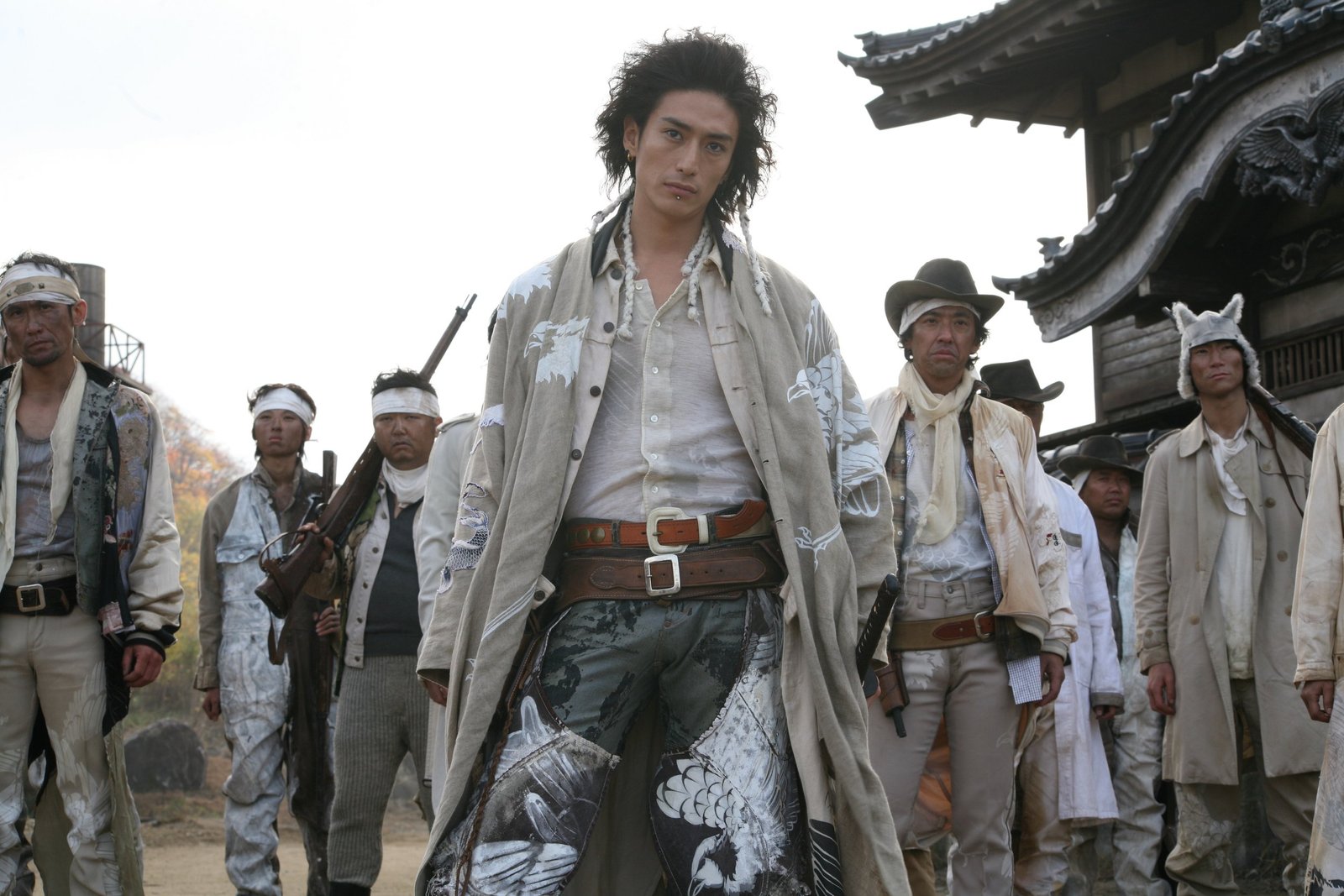
6. Cultural Themes and Depth
Japanese films often explore deep cultural themes and social issues. For example, “Tokyo Story” by Yasujirō Ozu deals with family dynamics and generational conflicts. These themes resonate with Western audiences, providing a new perspective on universal issues. Western filmmakers have integrated similar themes into their work to add depth and relatability.
7. Cross-Cultural Collaborations
In recent years, collaborations between Japanese and Western filmmakers have become more common. Films like “The Last Samurai,” directed by Edward Zwick, and “47 Ronin,” starring Keanu Reeves, showcase this blending of cultures. These collaborations highlight the ongoing influence of Japanese cinema on Western storytelling and aesthetics.
Conclusion
Japanese films have profoundly influenced Western cinema. Their innovative storytelling, unique visual styles, and genre innovations have reshaped global filmmaking. By exploring Japanese cinema, Western filmmakers have gained new insights and inspiration. The impact of Japanese films continues to be felt across the world, enriching the cinematic experience for audiences everywhere.




